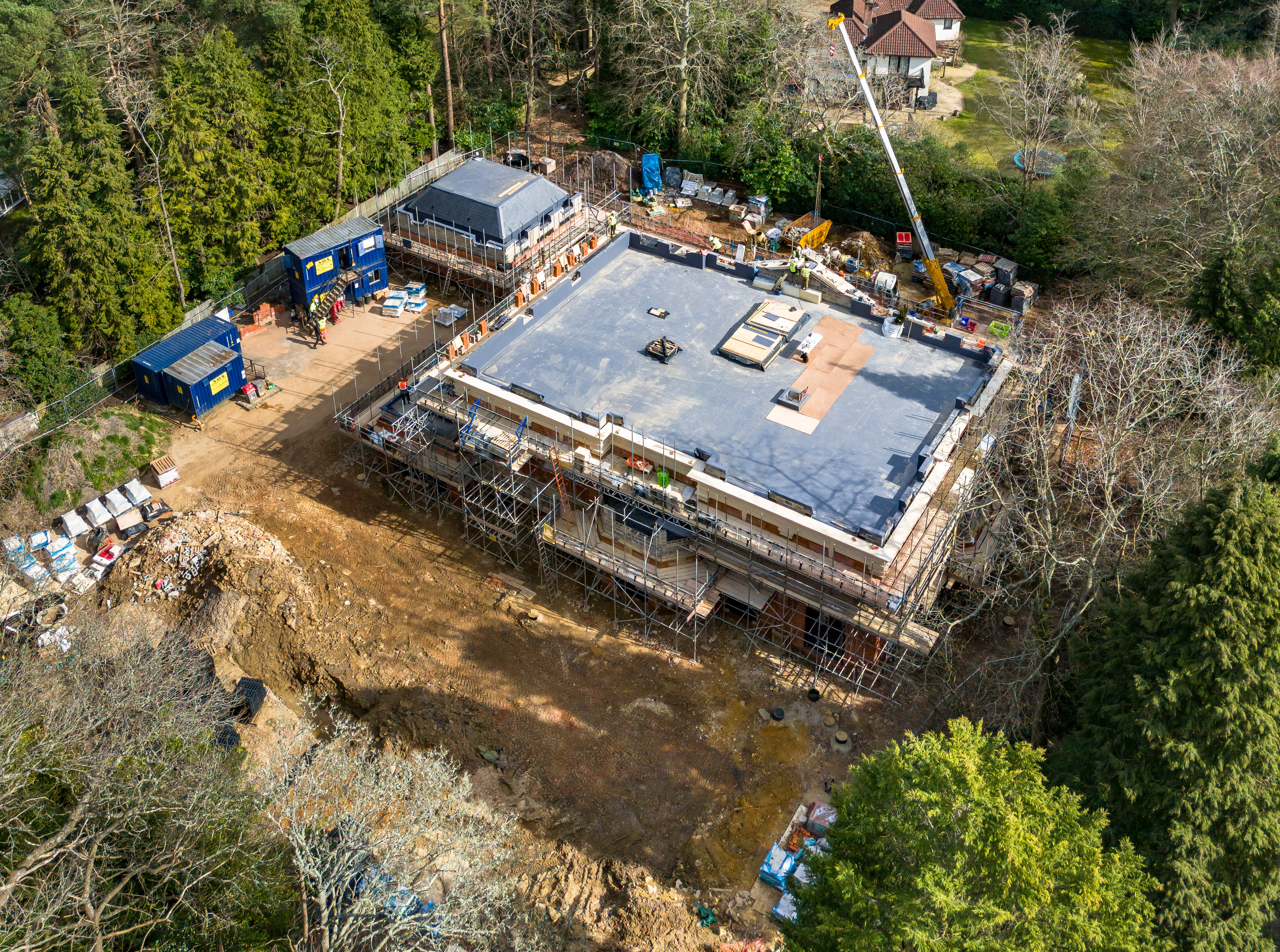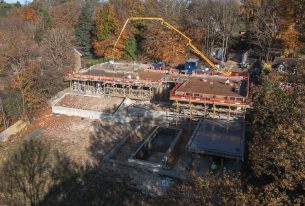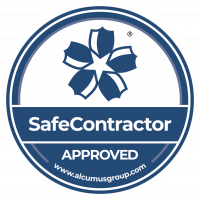


As the climate crisis continues to make headlines around the world and shape Government policies, both architects and their clients are looking for solutions that will reduce carbon emissions for private homes.
Interest in renewable technologies as an integral element of the specification for private homes has never been greater, encouraged by the narrative that we must all do our bit to save the planet. But if we are to deliver sustainable properties with improved environmental performance and reduced waste, each project has to have a tailored strategy for the whole build; not simply a hero product here and there. Eco bells and whistles are great, but they have to be meaningful, integrated bells and whistles that work with the property’s design and construction. Otherwise, we risk simply adding more complexity, rather than genuinely reducing emissions.
Fabric first
Fundamentally, the best way to reduce carbon emissions is to reduce the amount of energy a property needs, and the amount it wastes. In reality, for most projects, the simplest solution for improving environmental performance is to adopt a fabric first approach using insulation and airtightness to prevent energy loss, along with mechanical heat recovery ventilation systems (MHRV) to recover and re-use as much of the heat in the property as possible. A high-performance building envelope alone can deliver tangible benefits in terms of environmental and lifecycle costs, with consistent performance for decades.
The level to which a client and their design team wants to take this strategy depends what they want to achieve and there is a balance to be struck between considerations including aesthetics, costs and sustainability. But a home doesn’t have to meet Passivhaus certification standards to embed the principles of an improved building fabric as the foundation for going greener; it’s simply common sense.
Renewables
Often, this sustainability strategy can be strengthened with the integration of renewable energy technologies, but any additional eco benefits from renewable technologies must be quantifiable and compatible with the project’s design, location and usage throughout the year and during its entire service life. Only then can the true environmental, maintenance and cost implications of specification choices be understood before the build begins on site.
Use of renewables should be appropriate and proportionate otherwise good intentions become greenwash and unnecessary money is spent achieving disappointingly poor levels of renewable energy input. To avoid this, the specialist knowledge of an environmental consultant is invaluable because they will be able to assess the benefits and limitations of different types of environmental solutions, against target energy and carbon reduction goals, and in the context of the budget, the building design and the project’s location.
At Hale, our role is not to advise on environmental best practice but to ensure that the buildability considerations for the sustainability strategy are fully thought through and any risk factors are identified and addressed.
For example, on a recent project we recommended that the calculations for a proposed air source heat pump be revised to reflect month-by-month energy loads and worst-case scenario seasonal temperature fluctuations, rather than an annual average temperature for the location. By reconsidering the data and examining how additional insulation could affect heat loss and solar gain in the property we were able to feed into a revised environmental strategy that reduced the cost of the build while lowering its carbon emissions and delivering significant savings on the client’s energy bills.
Making the right choices
With so many renewable and sustainable solutions available, and new innovations being developed all the time – both for the building fabric and for the M&E installation – there is a dizzying array of possibilities for improving projects’ environmental performance. But the potential routes for going green must be determined on the basis of genuine opportunities to improve performance, reduce waste, extend lifecycle, capitalise on renewable resources, and optimise use of materials. Specialist expertise is required to consider the options and their benefits – holistically and as part of a quantifiable, goal-oriented strategy – to ensure that projects are genuinely greener, rather than being given a greenwash veneer.
As an industry, construction has a track record for being wasteful with a high carbon footprint; a reality that we must address across the supply chain. The benefits of both renewables and building fabric improvements must be credible and substantiated using the digital tools, product data and measurement capabilities the design and construction community have at their disposal. Only then can we truly serve the aims of our clients and the planet by offering them the cleanest possible solutions.









